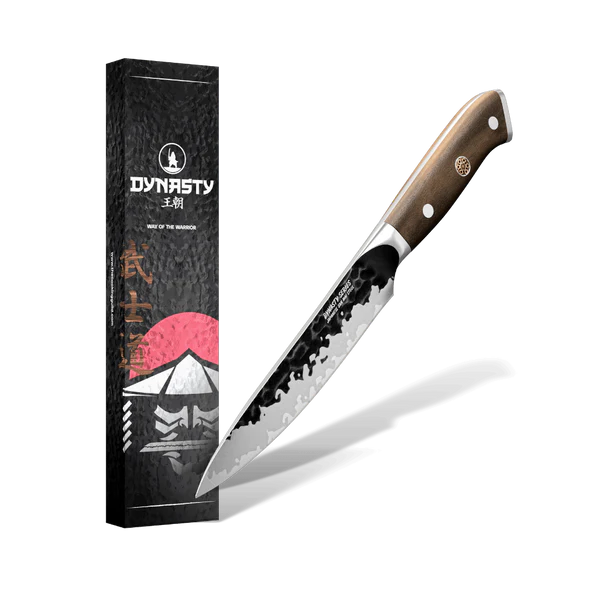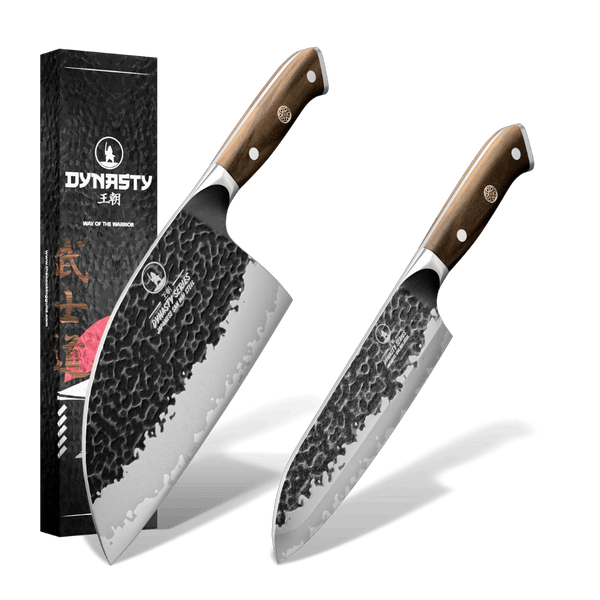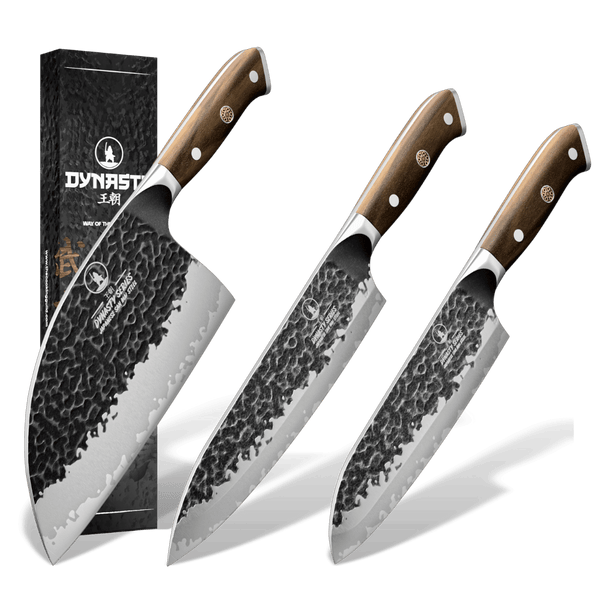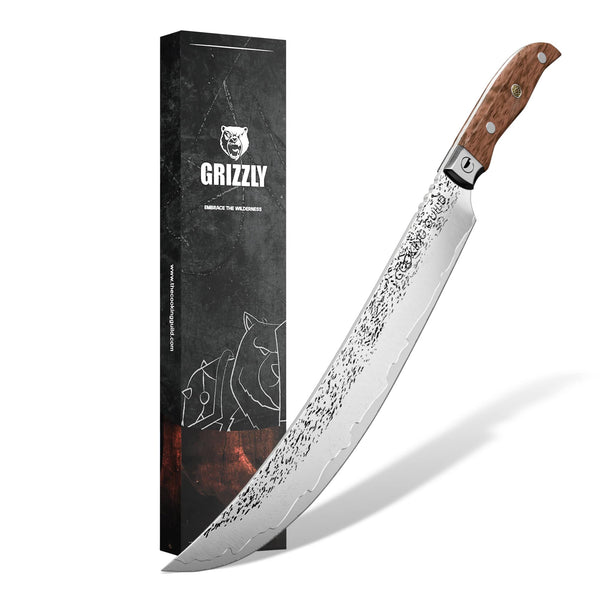Things To Consider When Buying Your Knife
A knife is one of the unsung heroes in the kitchen. This essential kitchen equipment was one of the first tools used and was invented around 2.5 million years ago.
Over the years, knives have improved and are currently available in different types like stamped and hand-forged knives. Among the many knives available, no one knife is suitable for use by all people. Your best and most comfortable knife may be a disaster to somebody else. This makes the process of finding the best knife easier said than done.
Luckily, when you know what you need in a knife, you will know yours when you see it. Keep reading to learn the characteristics of looking and get the best knife for your needs.
Knife Material
Different knives are made of various materials, with the most common being stainless steel.
Stainless steel is highly used since it is durable, strong, and easy to sharpen. There are other more robust materials used to make knives, like carbon steel. Unfortunately, although carbon steel is stronger than stainless steel, it is not as durable.
Additionally, there is a high-carbon stainless steel material. This material is more durable than carbon steel and more potent than stainless steel.
Other brands use ceramic material to make knives. Ceramic is sharper and lighter than high-carbon stainless steel but harder to sharpen when it gets dull.
Follow your needs and preferences to help you pick the knife material that works for you.
Different Knife Types
The main knife types you come across are stamped or forged. Forged knives result from heating a bar of steel and later pounding it into the shape of a knife. The pounding is done either using a machine or by a skilled artisan.
A knife that the skilled craftsman ponds is a hand-forged knife. This hand-forged knife takes longer to make than the one made using a machine. However, given its quality and performance, every minute spent on it is worth it.
On the other hand, stamped knives are cut from a steel sheet and then heated for durability. The forged knives cost more and are of better quality than the stamped knives. The extra dollars you pay for this handmade knife are worth it since it gives you a better user experience.
The stamped knives are also excellent and recommendable. However, expect to sharpen and replace them sooner than you would for the forged knife.
Price Points
Knives' prices range from low to high based on their brand and quality. Considering how often you use your knife, spending money on it, and buying a knife that will not disappoint you is wise.
Additionally, spending enough on the knife helps you evade maintenance and replacement costs shortly after buying it. However, do your research to avoid falling prey to good advertisements and get a knife that does not deserve what you pay.
Have a keen eye on the quality of the knife to ensure it is the best value for the money you pay.
Customer Support
Good customer support assures you that whatever you are buying is quality. Therefore, consider the offers that the seller is giving you for the knives. For instance, what guarantee do they give you to prove that the knife you buy is a quality knife?
At The Cooking Guild, we have a lifetime guarantee of the knives you buy. You can send back the knife in case you notice any structural problem with it and receive a better one.
Weight
The weight of a knife determines how comfortable it is for use. For this reason, there is no right or wrong weight when buying a knife. Instead, it depends on personal preference.
Some people may love to use a light knife when others feel more in control when the knife is heavy. Therefore, determine which weight works best for you when going to the market and look for it.
If you don't own knives that you can use to test what works for you, ask your friends to let you try out their knives. They will be more than willing, especially if you promise to help them with tasks that use the knife.
Sharpness
When considering safety when using knives, you may assume that the blunter a knife is, the safer it is. However, this thought is false, and the contrary is true.
Sure, you are more likely to have a bigger mess if you cut yourself with a sharp knife. Then again, your chances of cutting yourself when a knife is blunt are higher than when the knife is sharp. The struggle you use to cut something with a blunt knife increases your chance of hurting yourself since you may lose control.
Additionally, a high-quality knife is determined by its sharpness when you buy it. Therefore, opt for the sharpest knife and boost your speed and safety when using it.
Handle Type
The handle of a knife also determines how comfortable it is for use. Among the factors that determine the comfort of the handle is the material.
Knife handles are either plastic, metal, or wooden. Plastic handles are smooth, thus suitable for the hands, while wooden handles provide a good grip.
Metal handles add weight and are thus not the best for light knife lovers. They are, however, recommendable if you prefer a heavy knife.
Your hands' size, shape, and strength can help you select the best handle type. Holding different knives in your hand is the best way to tell which handle material and size is most comfortable for you.
Additionally, if you are left-handed, look for a knife handle that will not disadvantage you.
Maintenance
Like other kitchen tools, knives require maintenance for you to continue using them for long. Moreover, some knives need more maintenance and care than others. For this reason, when looking for a knife, get one whose maintenance you can handle.
For instance, if you are not ready to clean and dry the knife after every use, avoid materials that are highly sensitive to corrosion, such as carbon steel, and go for stainless steel.
On the other hand, if sharpening the knife from time to time is a hassle for you, go for a hand-forged knife whose sharpness lasts almost a lifetime of use.
How Do You Choose A Quality Knife?
Given the many types and brands of knives you find in the market, it is almost impossible to select the knife that fits you best.
Thankfully, you have your needs and preferences to guide you to pick the right one. The tips above will also help you make a checklist of your ideal knife, thus making the process even smoother.

























